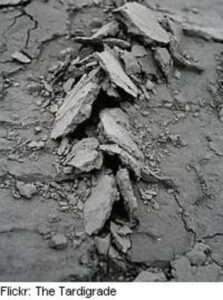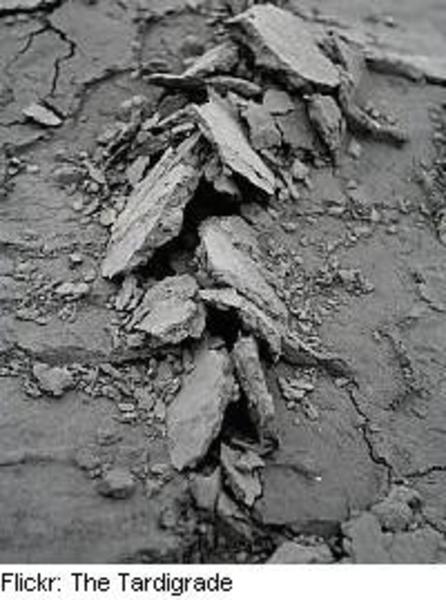U.S. Coal Ash Dumps, Unregulated and Unmonitored

Last month, a 40-acre pond of coal ash from a local coal plant, containing dangerous heavy metals, like arsenic, lead, mercury and selenium, flooded a valley in eastern Tennessee. A retention wall broke.

And now, environmental experts worry drinking water around the area is unsafe. Test samples have revealed higher than acceptable levels of toxins, specifically arsenic.
But here’s the kicker. A new report claims hundreds of coal ash dumps in the United States, which can reach up 1,500 acres in size, lack federal regulation and proper monitoring.
Officials claim this could have prevented the spill in Tennessee.
Some believe the absence of regulation is due to the Environmental Protection Agency’s inaction on the issue, almost doing something in 2000, but buckling after the coal industry complained tighter controls would cost $5 billion a year.
Right now, each state handles the overseeing of coal waste, but environmental experts urge this is not enough. The EPA reported 63 sites in 26 states have water contaminated by coal dumps.
The ecological and health impacts of coal ash toxins are severe. In wildlife, it can cause tadpoles to be born without teeth and fish with spinal deformities and heightens the risk of cancer, birth defects and other health problems in humans.
Via The New York Times.

